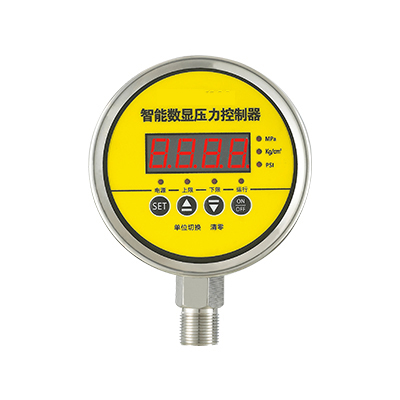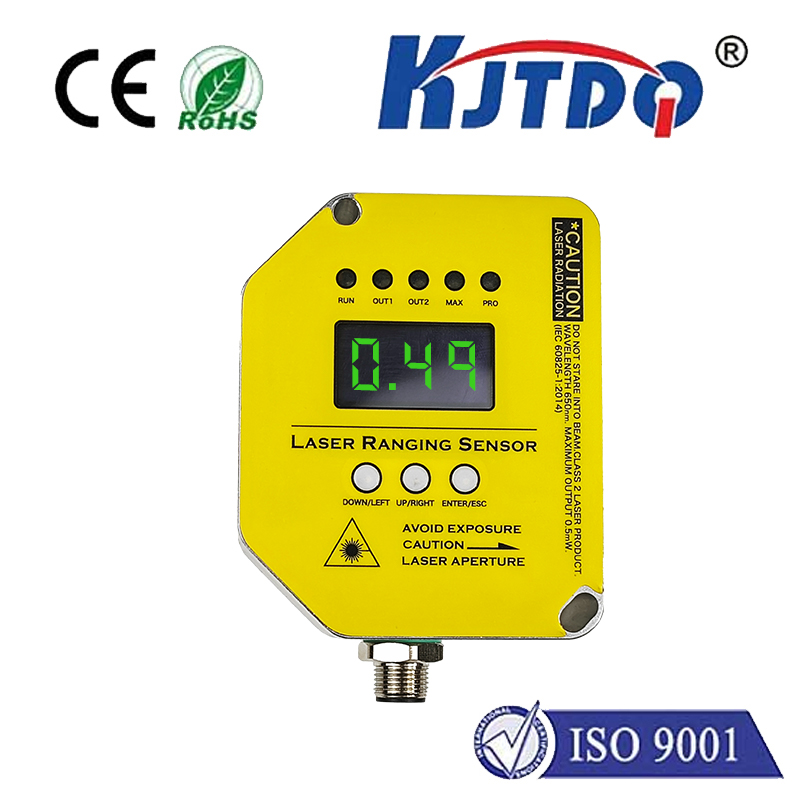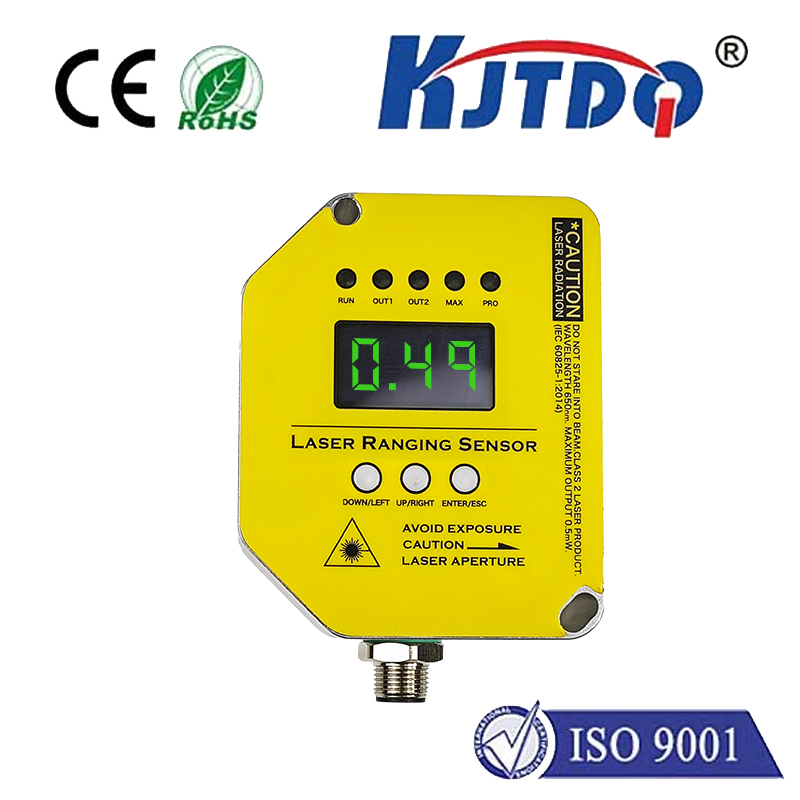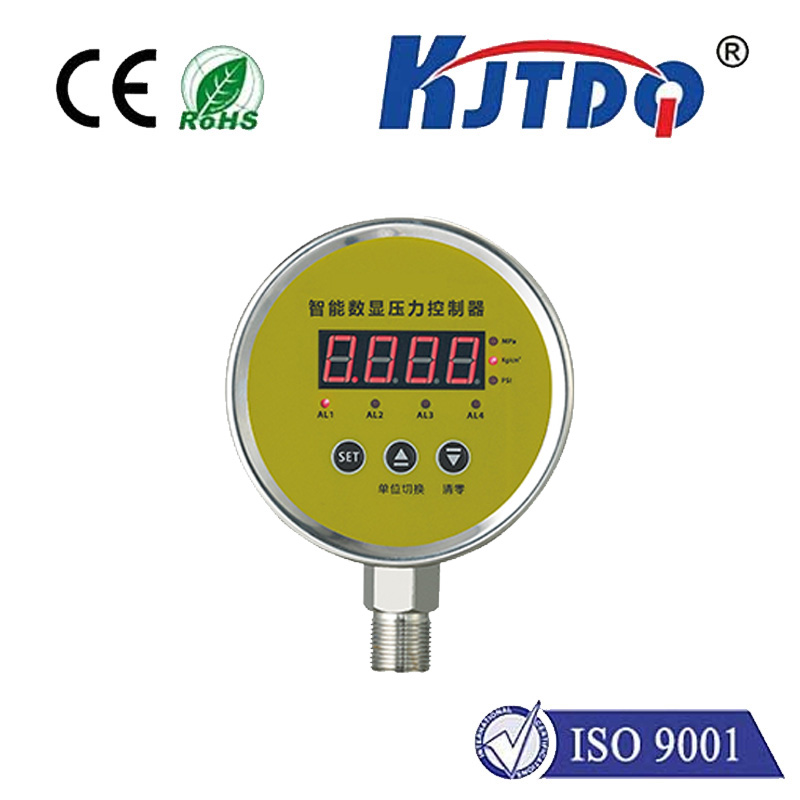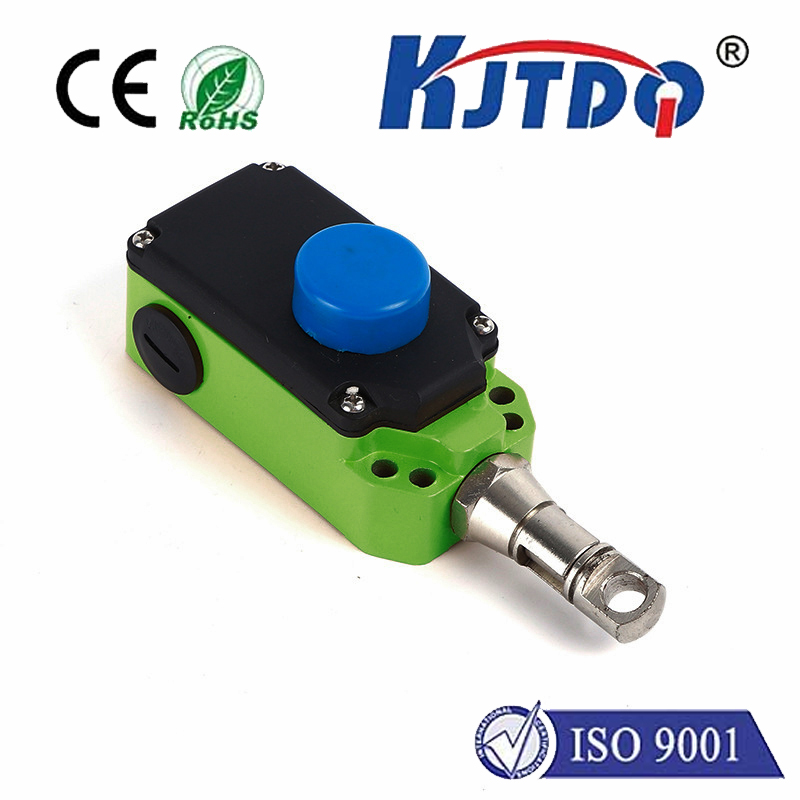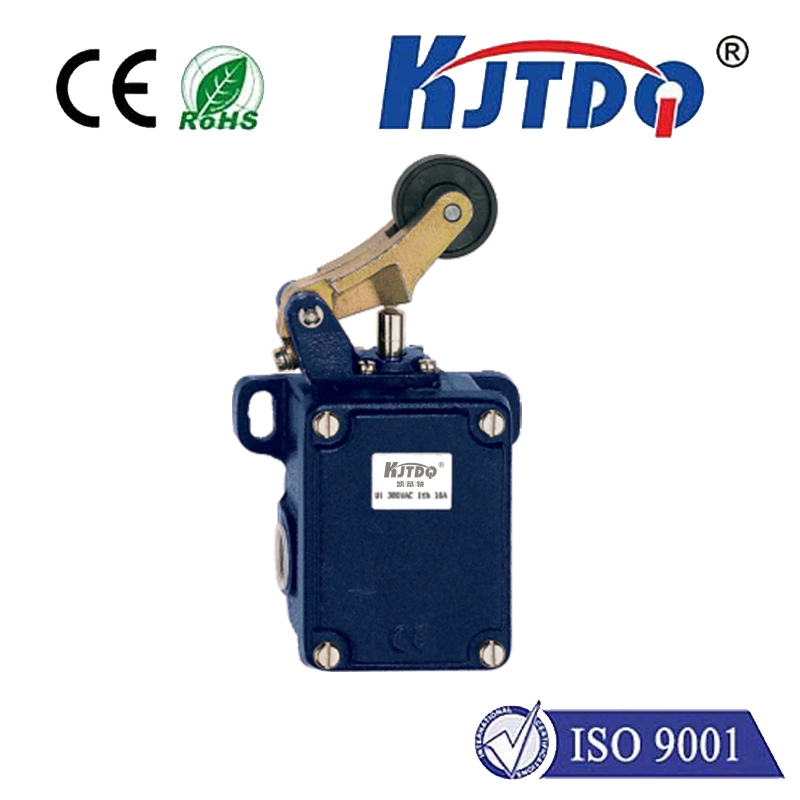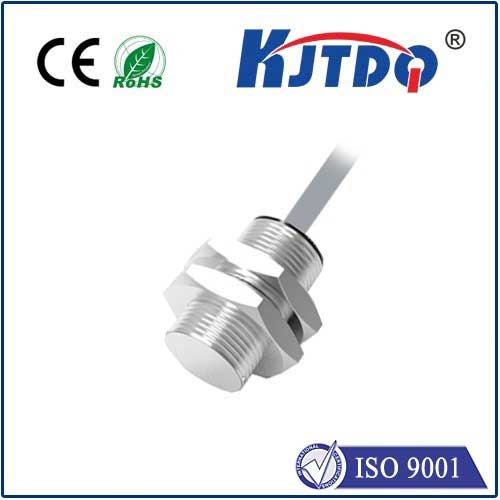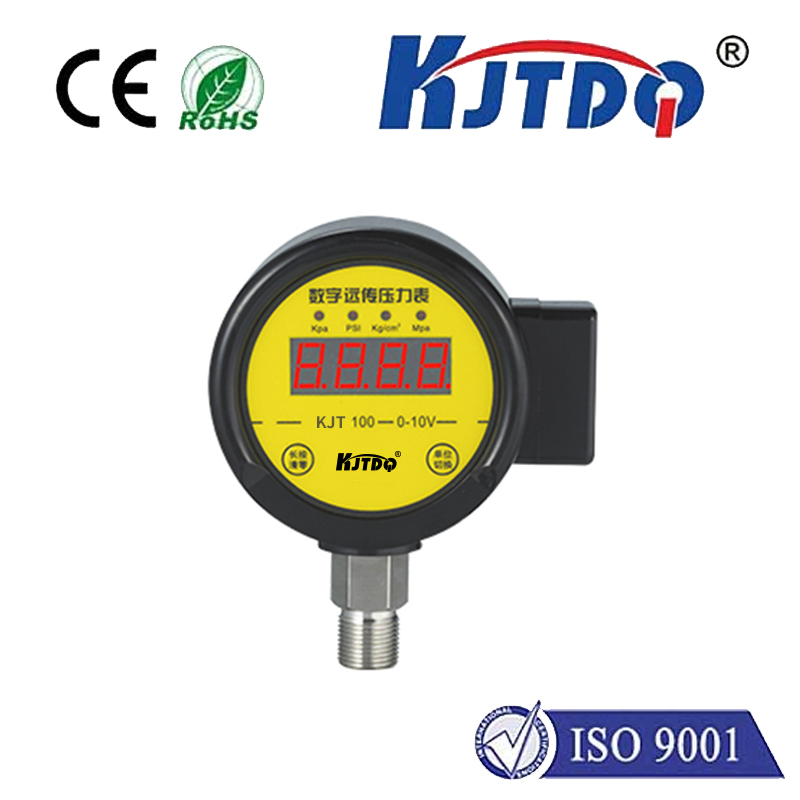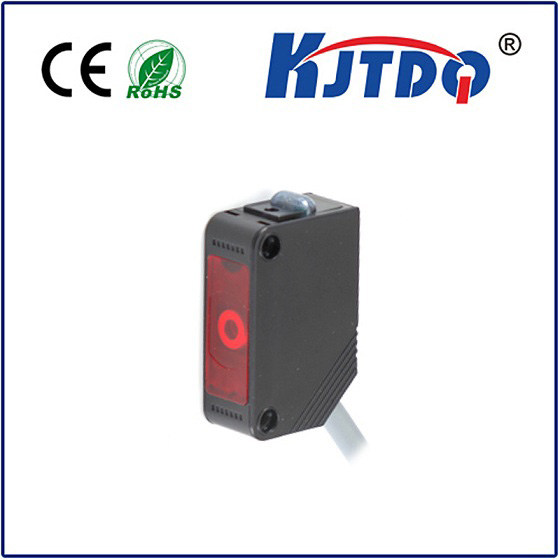
check

check

check

check

Title: The Pinnacle of Sensing Technology: High Precision Pressure Transducers In the realm of industrial automation and sensing technology, the importance of accurate pressure measurements cannot be overstated. At the forefront of this technological vanguard are high precision pressure transducers—devices that have revolutionized the way we measure and monitor pressure with unparalleled accuracy and reliability. These instruments are not just critical components in sophisticated systems; they are the backbone of modern engineering marvels that demand exceptional performance under stringent conditions. Understanding High Precision Pressure Transducers High precision pressure transducers are devices designed to convert pressure into an electrical signal输出. This signal can then be measured and analyzed to monitor and control various processes. Unlike conventional transducers, these advanced devices offer exceptionally low errors and high resolution, making them indispensable in applications where even the slightest deviation can lead to significant consequences. Applications Across Various Industries The versatility of high precision pressure transducers knows no bounds. They are integral to a myriad of industries including aerospace, automotive, healthcare, and process control. In aerospace, for instance, these transducers ensure the correct functioning of engines by monitoring fuel pressure with extreme accuracy. Similarly, within the healthcare sector, they play a crucial role in ventilators and other critical equipment by providing precise control over air pressure, directly impacting patient care. Advantages of High Precision Pressure Transducers One of the primary benefits of utilizing high precision pressure transducers is their ability to enhance system efficiency through accurate readings. This leads to optimized process control, reduced downtime, and extended equipment lifespan. Additionally, their robust construction allows them to withstand harsh environments, ensuring reliable performance in the toughest of conditions. Moreover, their ability to interface seamlessly with digital systems facilitates real-time monitoring and data analysis, paving the way for smarter, more responsive industrial operations. Challenges and Innovations Despite their many advantages, high precision pressure transducers present certain challenges, such as cost and complexity of installation. However, ongoing advancements in materials science and electronics continue to address these issues, making these transducers more accessible than ever before. Innovations like wireless technology integration promise to further enhance usability by eliminating cumbersome wiring, thereby streamlining installation and maintenance procedures. Future Prospects Looking ahead, the future of high precision pressure transducers appears bright. As industries increasingly lean towards automation and data-driven decision making, the demand for highly accurate sensors will only escalate. Researchers are exploring new materials and technologies to push the boundaries even further, aiming to create transducers that are not only more precise but also more adaptable and easier to integrate into complex systems. In conclusion, high precision pressure transducers represent a testament to human ingenuity and our unending quest for perfection in technological innovation. They stand at the crossroads of engineering excellence and operational efficiency, driving progress across multiple sectors. As we continue to harness their full potential, there is no doubt that these remarkable devices will remain at the cutting edge of sensing technology for years to come.
